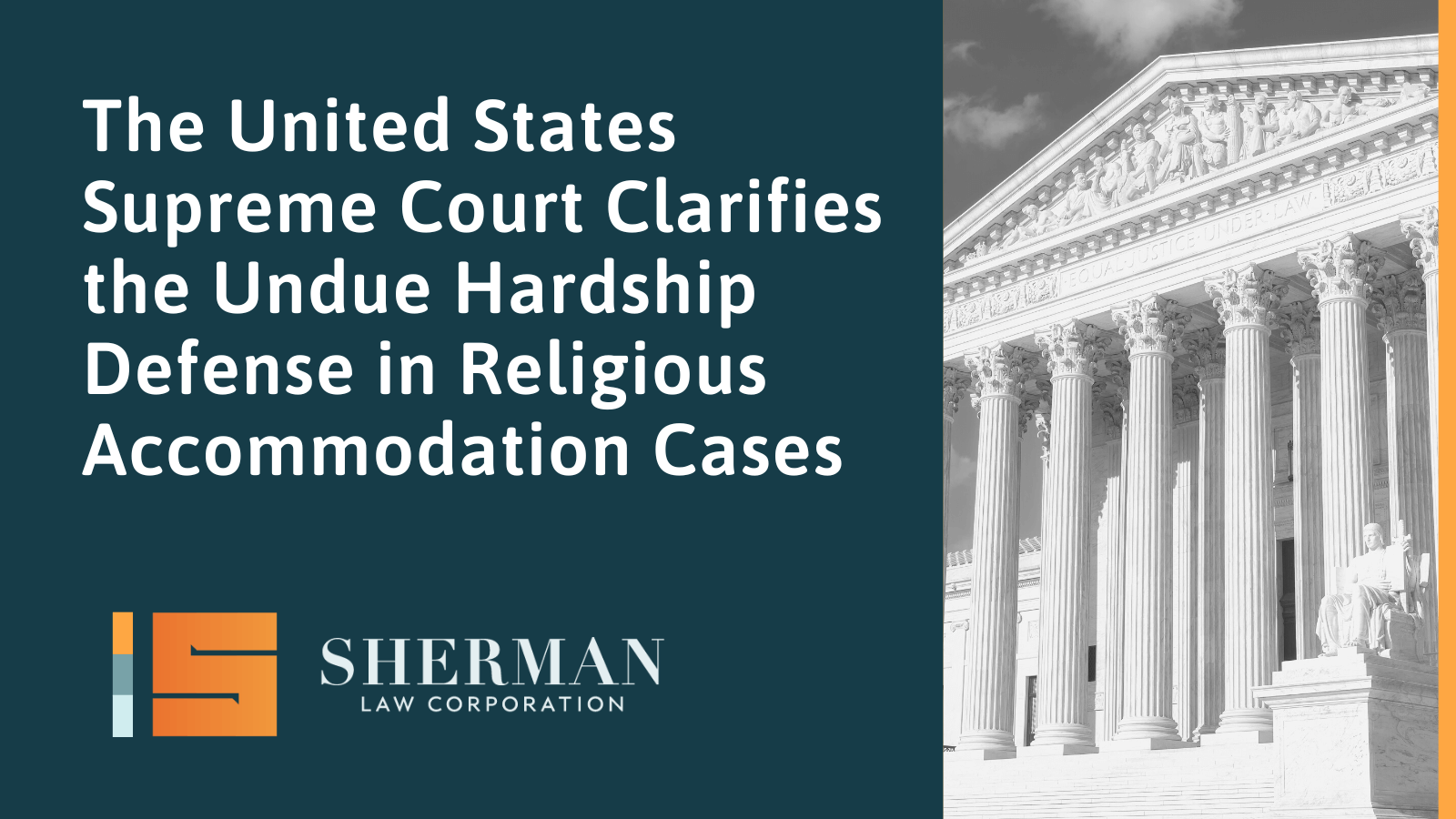
We are often asked, “what can an Employer do to prevent a recently-separated Employee from taking the Employer’s clients, soliciting employees and/or using Employer’s information?”
Prevention is a high bar to achieve. However, strong, customized policies, processes and implementation of reasonable measures (i.e. specific software-related tools) that limit access, storage and transmission of Company electronically stored information (ESI) and puts the Company on notice of attempts to access, all while preserving digital footprints, is strongly recommended. Policies and processes typically require exiting employees to return all Company information. Unless your Company takes control of where all Company ESI lies, all devices used by employees to perform work, including, personal devices, and sets up policies and processes to control all such information, the policies, processes and forms are meaningless.
Since the employee has already left, the most crucial first step to send a letter to the employee by certified or overnight mail requiring signature for receipt of the letter by the employee. Depending on the situation, the letter should be either sent by the highest-level officer in the company, with counsel carbon-copied, or issued by counsel, with executive management carbon-copied.
The letter should:
- Remind the employee that all Company property (including, but not limited to, original, copies, paper or digital of non-public Company information), wherever it may be located (including, personal cell phones and home devices) must be returned immediately.
- Should any such property still remain in the employee’s possession, demand return within 48 hours of receipt.
- To the extent any information remains on personal devices, invite the employee to make arrangements with someone from your Company to extract the information
- Remind the employee of the obligations that continue post-separation, setting forth the conduct that they are prohibited from doing.
- Address confidentiality of all Company information and prohibited disclosure or use of any “trade secrets. Define, using specific examples, the information that the Company contends constitute a trade secret.
- A well-drafted non-disclosure agreement that defines confidential information in detail should be attached to the letter.
- Solicitation of employees, to the extent this was agreed upon contractually, should also be addressed, with a copy of any agreement accompanying the letter.
- Adddress prohibited use of confidential proprietary information to solicit clients or Company business. Specifying prohibited conduct with examples is the best way to get ahead of any violations.
- Set forth the allegations that you have learned and request that the employee provide a timely response with any documents or persons with knowledge of these allegations by a date certain.
- If the employee has signed any agreements that include provisions addressing immediate injunctive relief for such violations and/or remedies, including, attorneys’ fees recoverable, for any potential violations, it is critically important to attach it and highlight the provisions in the letter.
- Invite the employee to contact the Company if there are any questions. State that failure to respond indicates that they fully understand their obligations and any conduct to the contrary will be deemed intentional.
If the employee joined a competitor, a separate letter should be sent to the new employer informing them of the employee’s legal and contractual obligations, as well as, their own. This too should be drafted or reviewed by counsel.
Be proactive with clients and employees by informing them that the separated employee no longer works for the Company. However, do not state the reasons for separation as it is confidential and may result in defamation claims. If the former employee has already contacted any of the clients or employees, further inquiries must be made both to the clients, employees and the former employee to ascertain if the employee has breached their obligations. Depending on the information learned, employment counsel may be in the best position to address the conduct.
Lastly, anytime an employee who has access to confidential, non-public information leaves, the Company should preserve their digital fingerprints and review a copy of the ESI to determine if any suspicious activity has occurred. For example, sending any Company information to personal email accounts is a major red flag.
However, do not just ask your computer guru to image the mailbox or just start opening emails as it changes or adds to the metadata (information about when an email was created, last modified, forwarded etc.). Proper preservation of all ESI with its original metadata requires consultation with a ESI consultant, unless the Company’s systems have already been set up. If review of the digital footprints evidence violations, retain experienced employment counsel to immediately send a cease and desist letter and further investigate the next steps.




